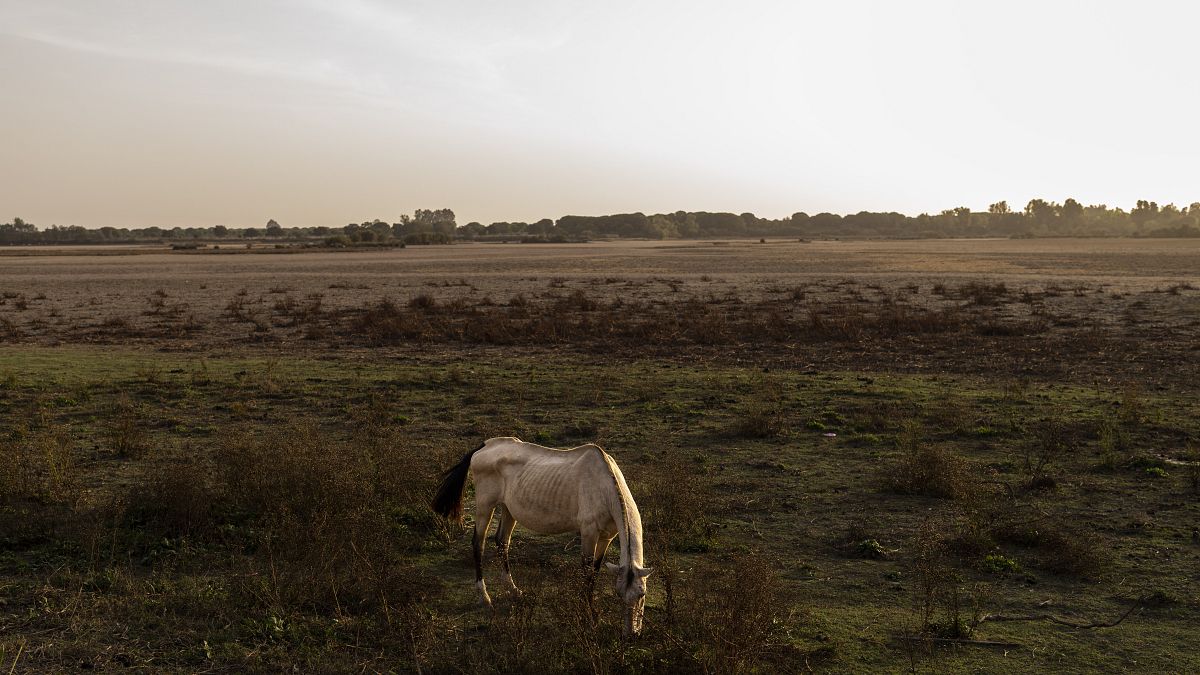- cross-posted to:
- climate@slrpnk.net
- collapse@sopuli.xyz
- cross-posted to:
- climate@slrpnk.net
- collapse@sopuli.xyz
Here is the study (pdf).
Summer has increased by an average of 36 days across Spain over the last 50 years.
Spain is slipping into a desert climate, according to a new study into the relationship between global heating and drought.
The Mediterranean country is clearly on the frontlines of climate change in Europe. Now researchers at the Universitat Politècnica de Catalunya (UPC) in Barcelona have delved deeper into its climate vitals.
By 2050, they predict that rainfall will decrease by up to 20 per cent compared to current levels. This would tip Spain from a temperate Mediterranean climate into a steppe- or even desert-like one, as per the Köppen system which divides the world into five different climate zones based on plant growth.
“The warming process resulting from climate change has been very pronounced in mainland Spain and the Balearic Islands, representing a true hotspot,” the researchers write.
Presented at the International Meteorology Congress of the European Meteorological Society (EMS) in Barcelona earlier this month, their findings reveal a climate in serious flux.
-
Between 1971 and 2022, temperatures in mainland Spain and the Balearic Islands (including popular holiday destination Mallorca) have increased by 3.27°C, well above the world average of 1.19°C and Mediterranean average of 1.58°C.
-
Summer days - where the maximum daily temperature is 25°C or above - rose from 82.4 in 1971 to 117.9 in 2022: a 43 per cent increase. Over half a century, summer has stretched out for an average of 36 days across Spain.
-
Meanwhile tropical nights - where the mercury doesn’t drop below 25°C - increased from 1.73 to 14.12. The increase in tropical nights is concentrated in the Southern Plateau, the valleys of the Guadalquivir and Ebro rivers, as well as the Mediterranean coast, the researchers note.
-
In terms of heatwaves, the frequency of these hot spells has increased from less than one per year on average between 1971-1980, to almost two in the decade from 2013-2022. Heatwaves have also become longer, from three to nine days on average.



According to the headline I get, …
Doesn’t appear to be affecting the entirety of Spain. (Granted, parts of Spain are already desert and other parts export their water as produce.)